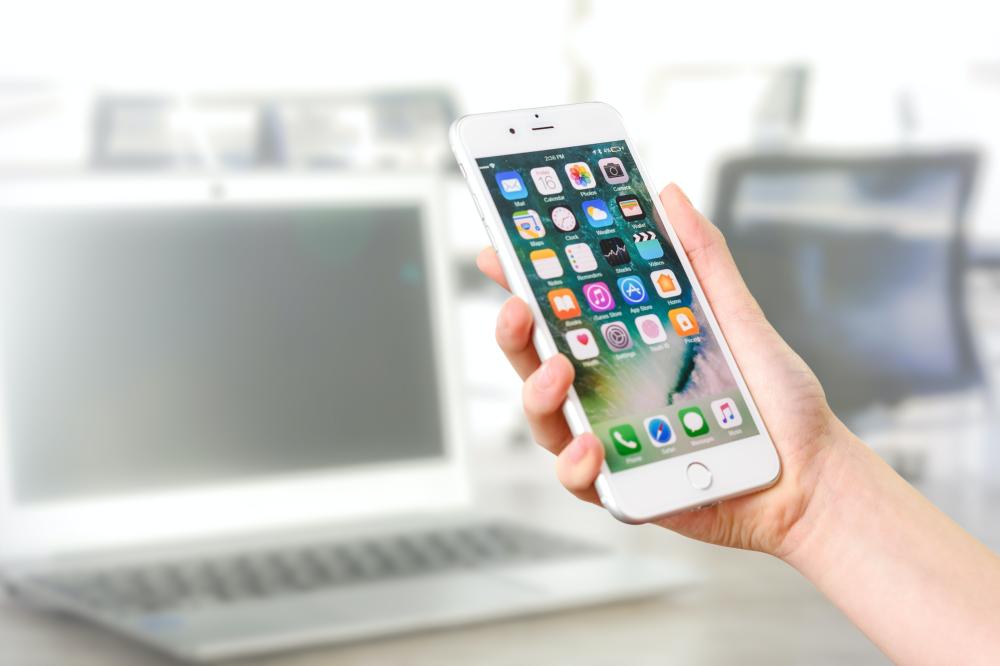Looking to increase the usage and sales of your mobile app? By localizing your app, you pave the way for its international success. Today's global audiences must be catered to, and Powerling, a renowned multilingual agency with a focus on translations and multilingual content, is here to help. With our top 5 app translation suggestions, bid farewell to squandered opportunities and open the door to a world of promising possibilities.
1. A Complete Transformation in Translation
The key to successful app localization is thoroughness. Avoid the pitfall of merely translating the text you consider to be the most important. International users value a fully localized experience. To demonstrate your dedication to international users and markets, every word, even in the help files, must be carefully translated. After all, a hurried or inaccurate translation may render your program practically useless to a frustrated user.
2. Tailoring for Each User: User Experience Matters
Think about the impact of localization on user experience. Different languages use different character sets and follow distinct rules of syntax. The length of messages might vary, and certain languages read in a different direction. Every screen of your program should be modified to account for these variations. And don't forget to consider the local keyboard arrangement as well. By properly adapting your platform for these essential features of a language, you can prevent user annoyance and abandonment.
3. A World of Differences in Symbols and Formats
As you localize your app, pay close attention to symbols and forms. Innocent-looking gestures and emojis might be offensive in another culture. Make sure that your app's date formats, currency symbols, and units of measurement are updated consistently. Of course, the appropriate output of numerical data is absolutely crucial, so you’ll need the right decimal separator according to the language in question.
Take the "folded hands" emoji, for example. While often connected to thanksgiving or prayer, cultural interpretations of it differ. This emoji, known in Japan as "gassho," denotes a deep bow of respect or an apology. However, it's frequently used to express gratitude or a plea for blessings in Western cultures.
4. Use Graphical and Visual Elements to Demonstrate Cultural Sensitivity
Visual components are important for effective app localization. For instance, Rosetta Stone Language Learning has come under fire before for not displaying culturally appropriate images. To engage your audience, it’s best to use images that resonate with them. Conversely, you should avoid reusing images across several localizations because doing so can give the impression that your brand lacks a meaningful connection with your customers.
5. Give Your Translators Context: The Human Touch
When successful localization is your goal, engaging a skilled translator is indispensable for reaching it. Only qualified translators are able to accurately convey regional nuances and cultural particularities on a consistent basis. To ensure the highest quality, however, make sure your translation crew has the proper context. As an example, share with them images of your app's mockup screens so they can see where the text will appear. Such context is essential for guaranteeing the consistency, accuracy, and appropriateness of your localized content.
Powerling has completed countless app translation projects all across the world, giving us a wealth of experience. Our staff is prepared to help you take your app worldwide. Are you determined to take full advantage of your organization’s potential for multilingual outreach? If so, contact us right now to find out more about how professional app localization can alter your app's performance on a worldwide scale.

